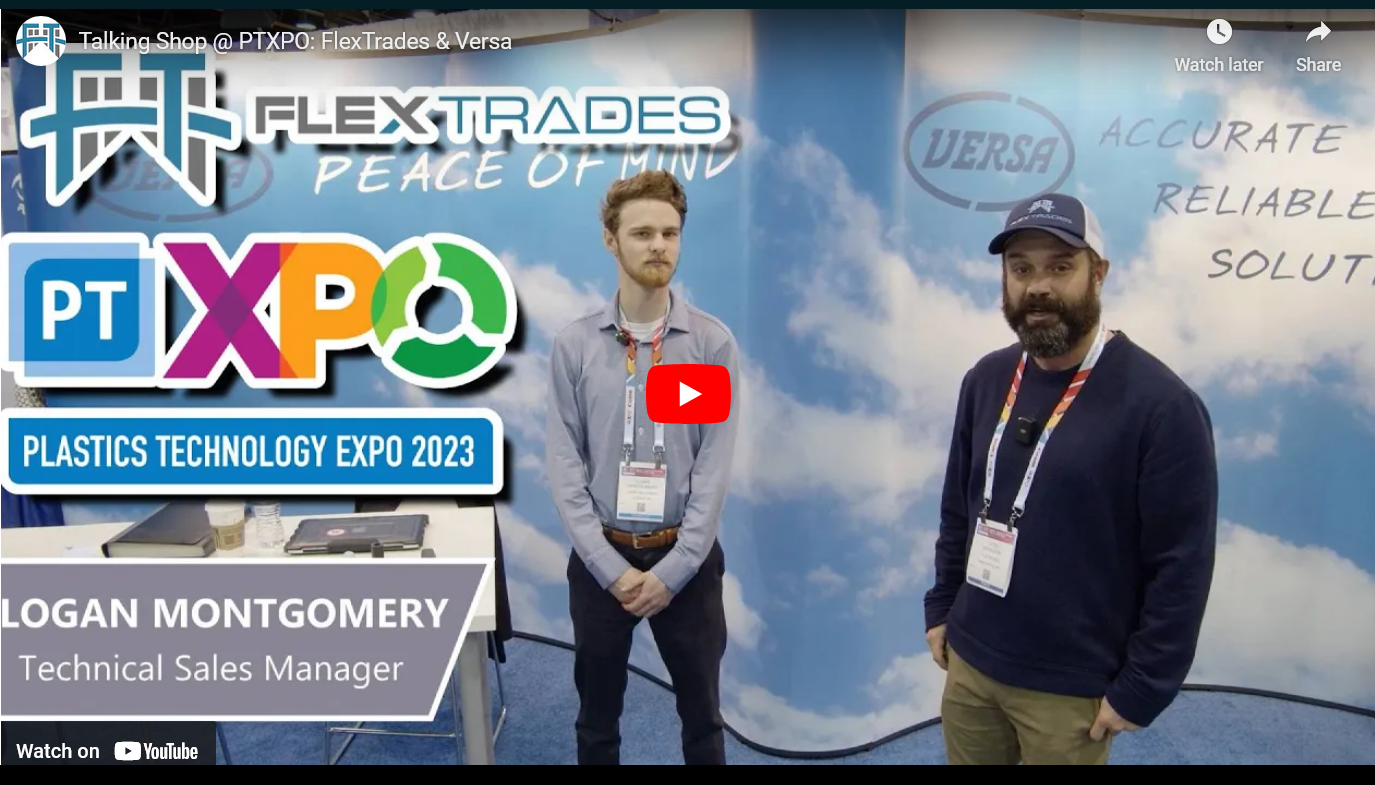
Author: Stacey Jaeger

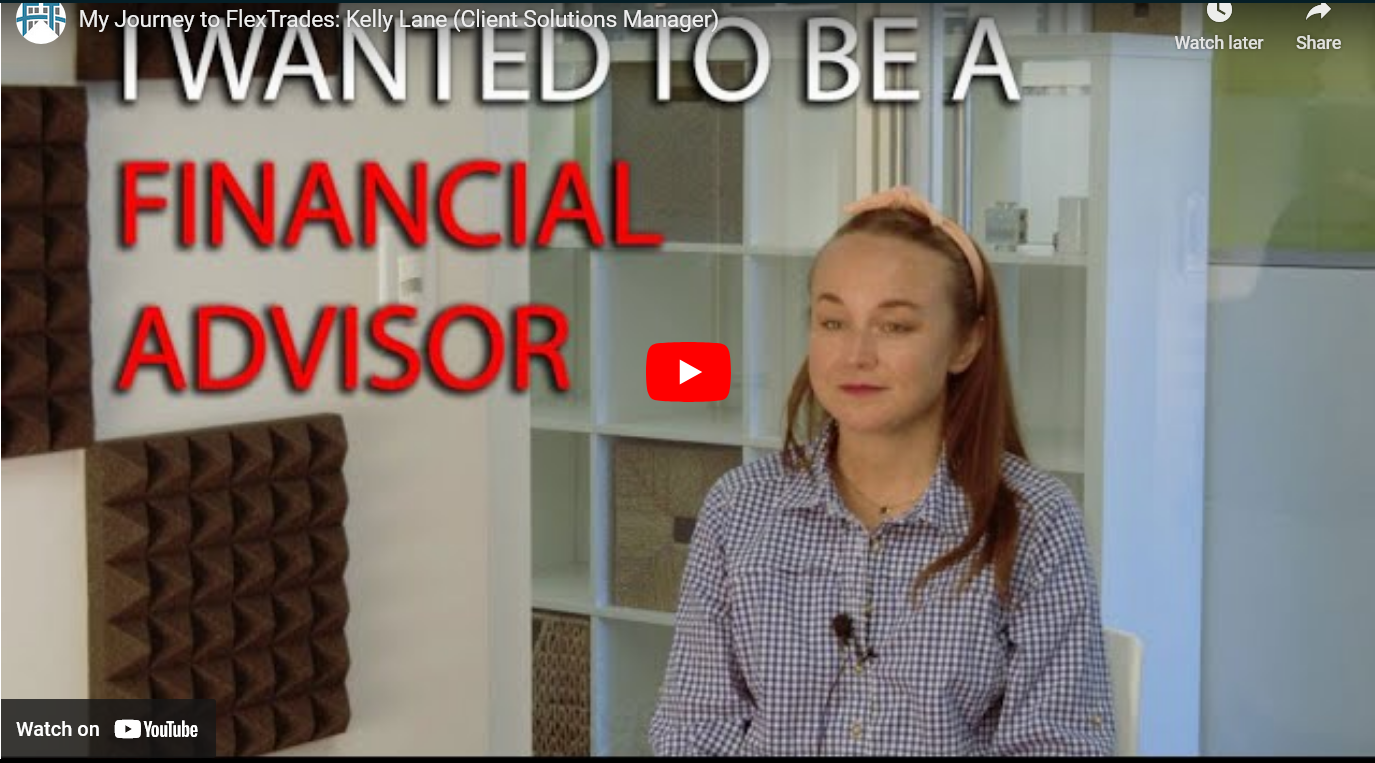
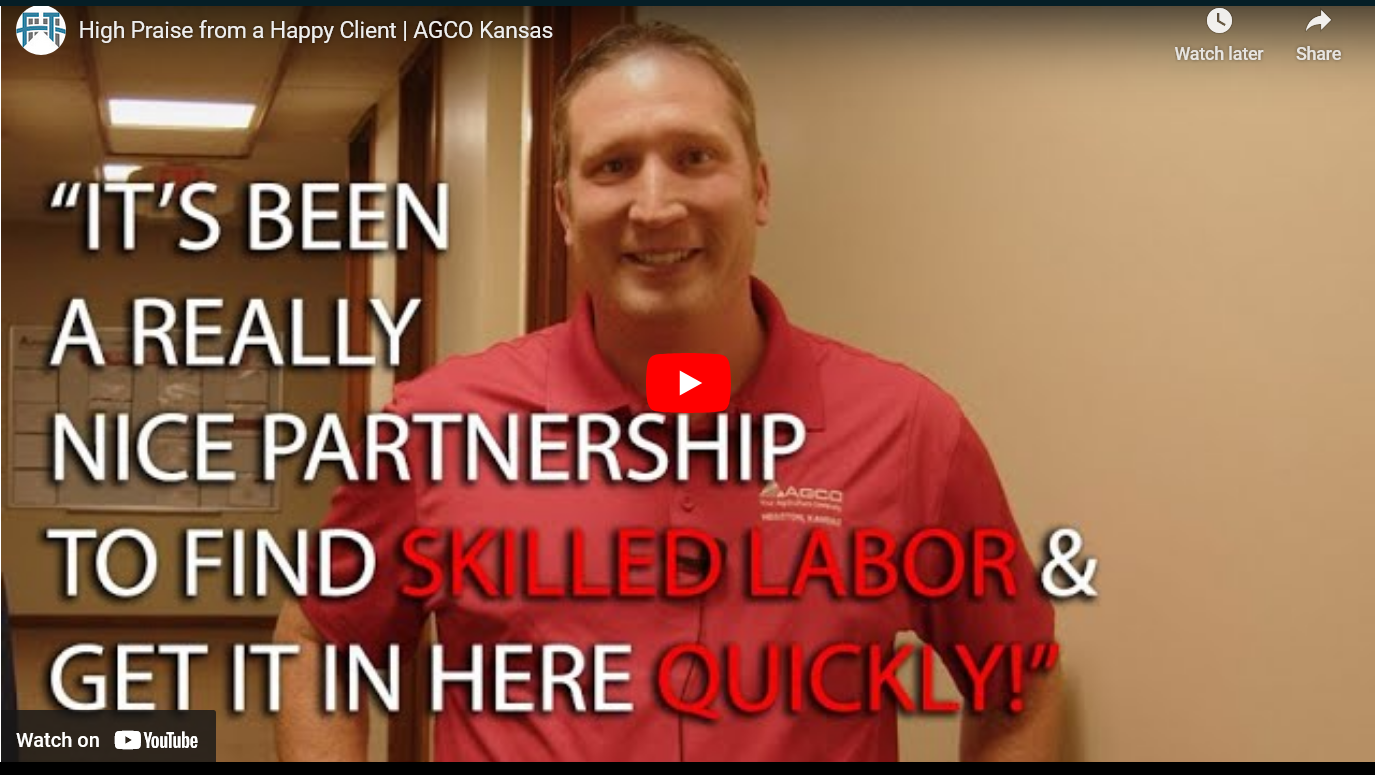
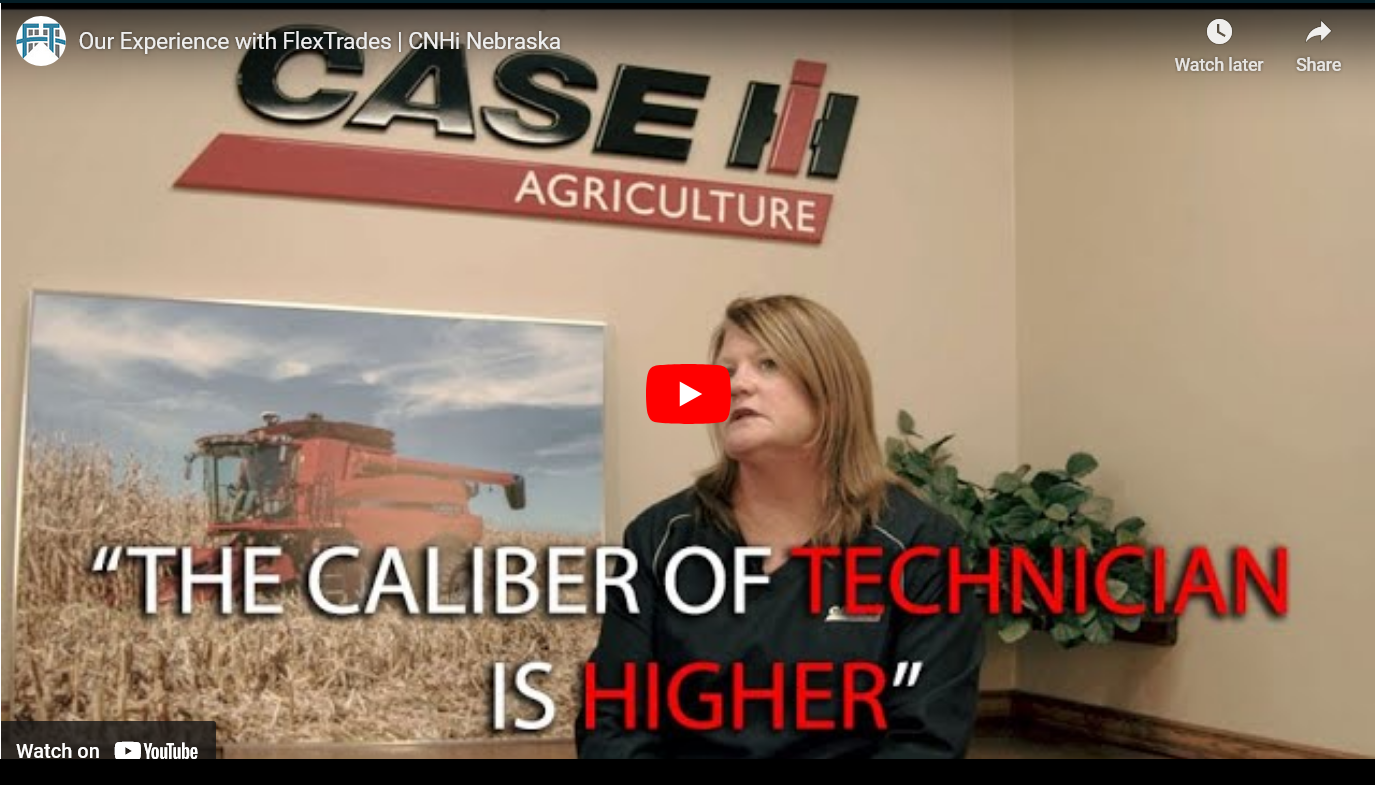
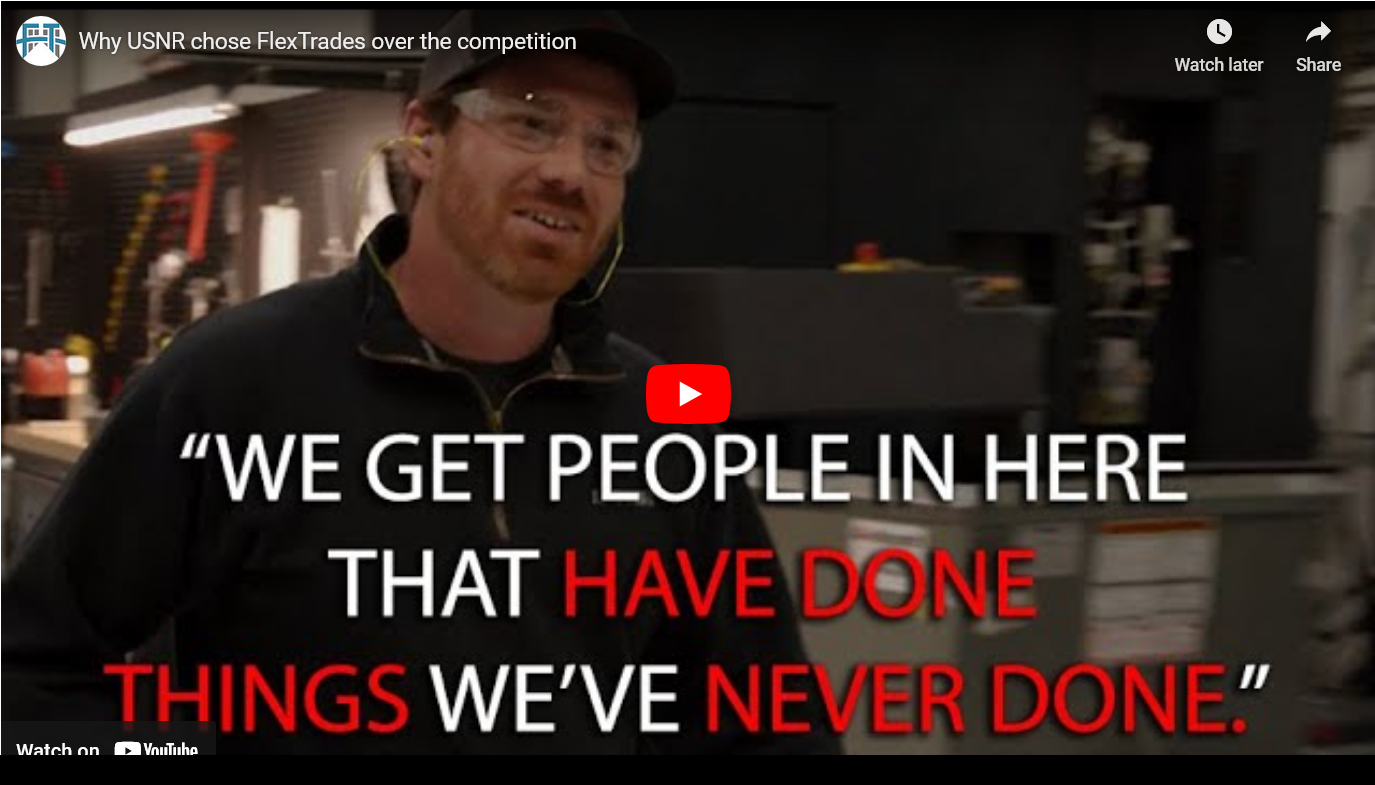
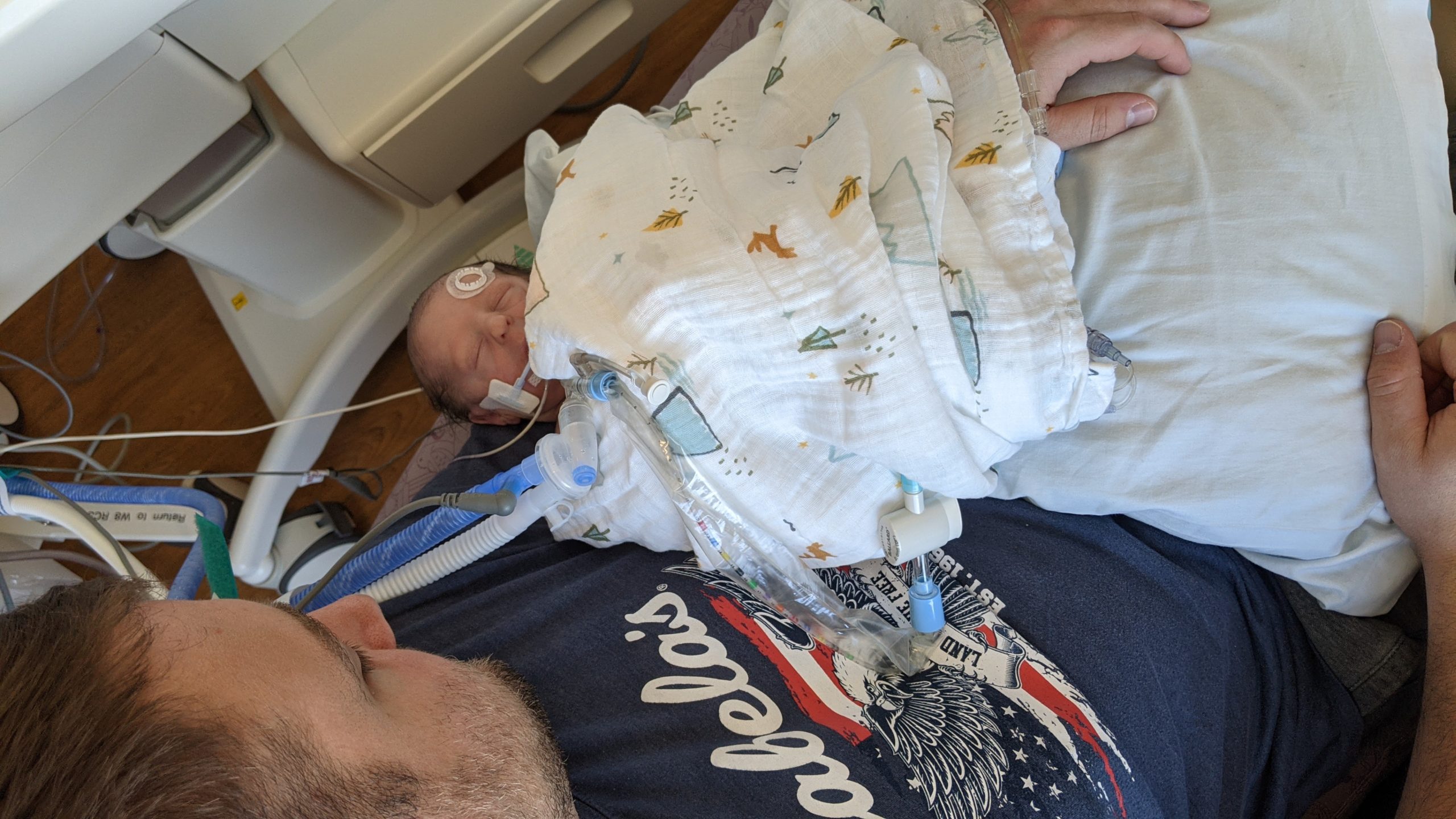
Rejoice fathers everywhere! Father’s Day is a day to celebrate ourselves and our own fathers! It’s times like this that we take time to ask ourselves what kind of father we are, and is that good? I figured I’d share a story about how I became a father, how it shapes the man I am today, and how I appreciate my father more as a result.
As a young parent I said to myself, “I shouldn’t give my kids what I never had. Instead, I should teach them what I never knew.” Of course! Besides, I’m a millennial, what didn’t I have growing up?
Our First Child
A 2020 Christmas surprise, that my wife and I decided to keep secret from our family and friends, was that she was pregnant!
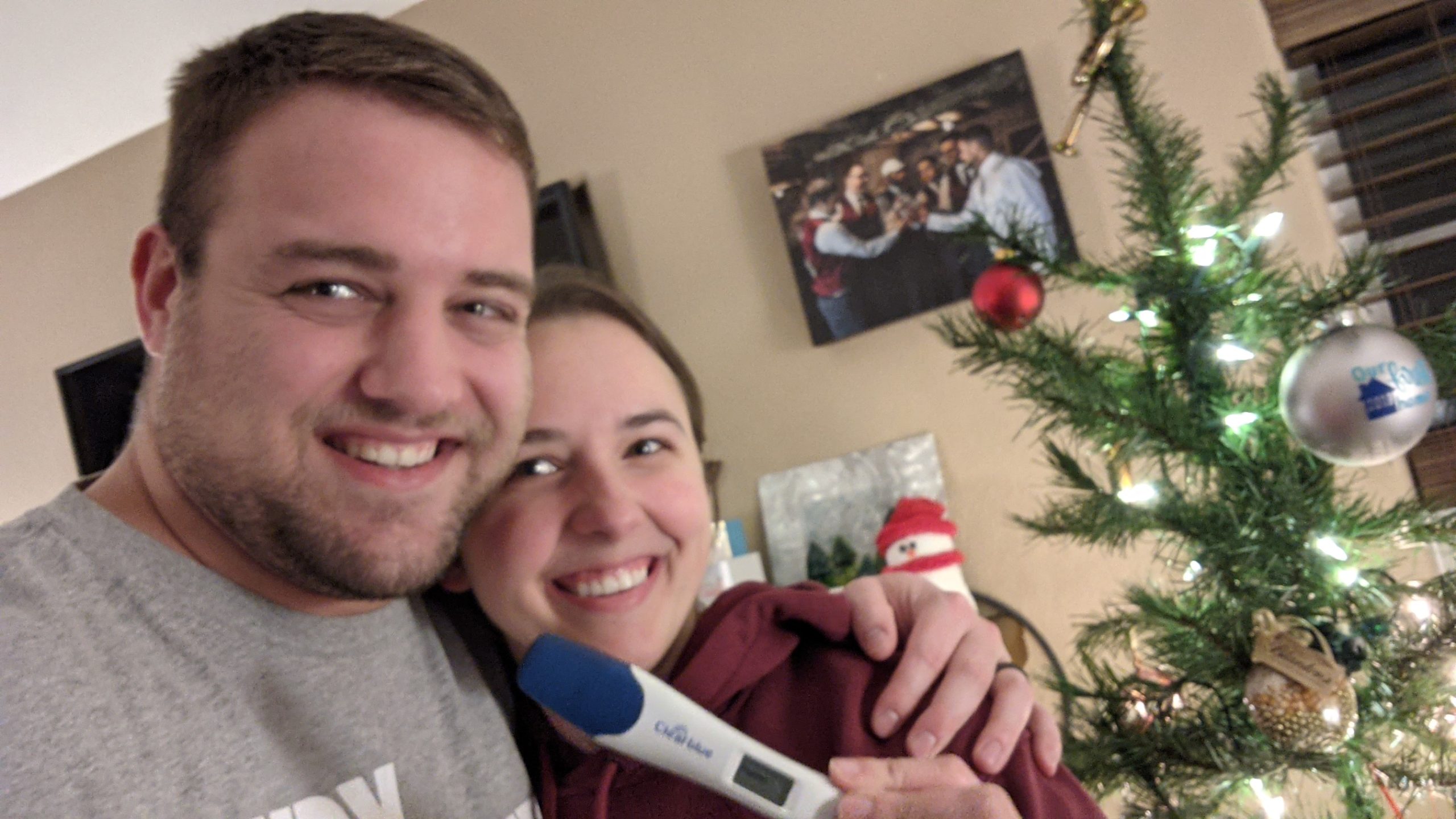
Already, we were planning the fun things we’d be doing with our kiddo. What would we name our son or daughter? “Brexley” was the strong contender for a girl name! Sweet, right? A few months passed, and we learned from the doctors that we were having a son! I’ll state for the record now, I was personally hoping for a girl. My wife was adorable as a kid, and anyone would love to have a miniature version of her running around in their life. Though, I will say, his ultrasounds pictured a darn handsome little guy!

Our Lessons
What parent doesn’t think of what they’ll teach their children? Our goal was to make sure our kid had the skills, in no particular order, to be self-sufficient in as many aspects of life as possible.
- Finances. Lord knows, I didn’t treat savings with any respect until well after college. He won’t have the luxury of making the same mistake.
- Home Maintenance. Most things that operate in your home are life, or at least lifestyle, sustaining. Our son should know how to fix them and have the tools and resources on-hand to do so.
- Social Skills. Emotional intelligence can take him further in life than intellect alone. I would want our son to observe and understand the qualities of people in his life whom he enjoys being around and emulate those qualities. Humility may be the most important. It is not just an understanding of what you AREN’T, but an understanding of what you ARE.
- Physical Health. The one thing no king can pay for, and any peasant can afford. There are too many opportunities in life that become unattainable if our son isn’t in good health. I don’t want those experiences robbed from my child because he couldn’t stay active in sports and eat healthy. My older brother taught me a great lesson in life by use of a simple spreadsheet. It became very clear to me that fast food is far more expensive to eat regularly than healthy store-bought foods.
- Mental & Spiritual Health. I’ll leave this broad, but faithfulness is the best relationship. As our son matures, life doesn’t get easier or more forgiving, so he must become stronger and more resilient. Having faith, and awareness of his mental state, is what will give him that strength. There are times when he will need to lean on those around him. My hope is he will feel comfortable turning to us when we can help his circumstances and to God when we can’t.
Reality Strikes
Now for the piece of the story I haven’t told you yet. I was working from home during my wife’s 14-week ultrasound when she called me. In tears she said, “There’s something wrong with the baby.” I rushed out the door and drove 20 minutes down HWY 60 to the clinic, heart pounding.
I entered the doctor’s office to greet my wife and was told there is a large omphalocele in our son’s umbilical cord. I’ll spare you the details, but it’s usually tied to a severe genetic disorder, often fatal. The doctor strongly suggested we consider terminating, but we, in unison, refused. The recurring theme you’ll find is that, if we had put ourselves in his shoes, we’d want our parents to give us every opportunity to fight. So that’s what we did.
After transferring to Children’s Hospital of Wisconsin, we had frequent and expensive visits to monitor and plan for our child’s birth. A scheduled C-section was the route we took, set for August 5th, 2021.
Born
That morning, as we checked into the hospital, I met a nice man who was sporting a Milwaukee Bucks 2021 championship t-shirt. I complimented him on it, and we got to talking about his day. Turns out, his son was welcoming a baby girl into the world… who passed away after 45 minutes of life. Devastating. I buried my own worries, for the remainder of our conversation, before departing with some kind words.
The C-section went well. Becky was in recovery, and I followed our stable son to the NICU with his team of doctors and a ventilator. 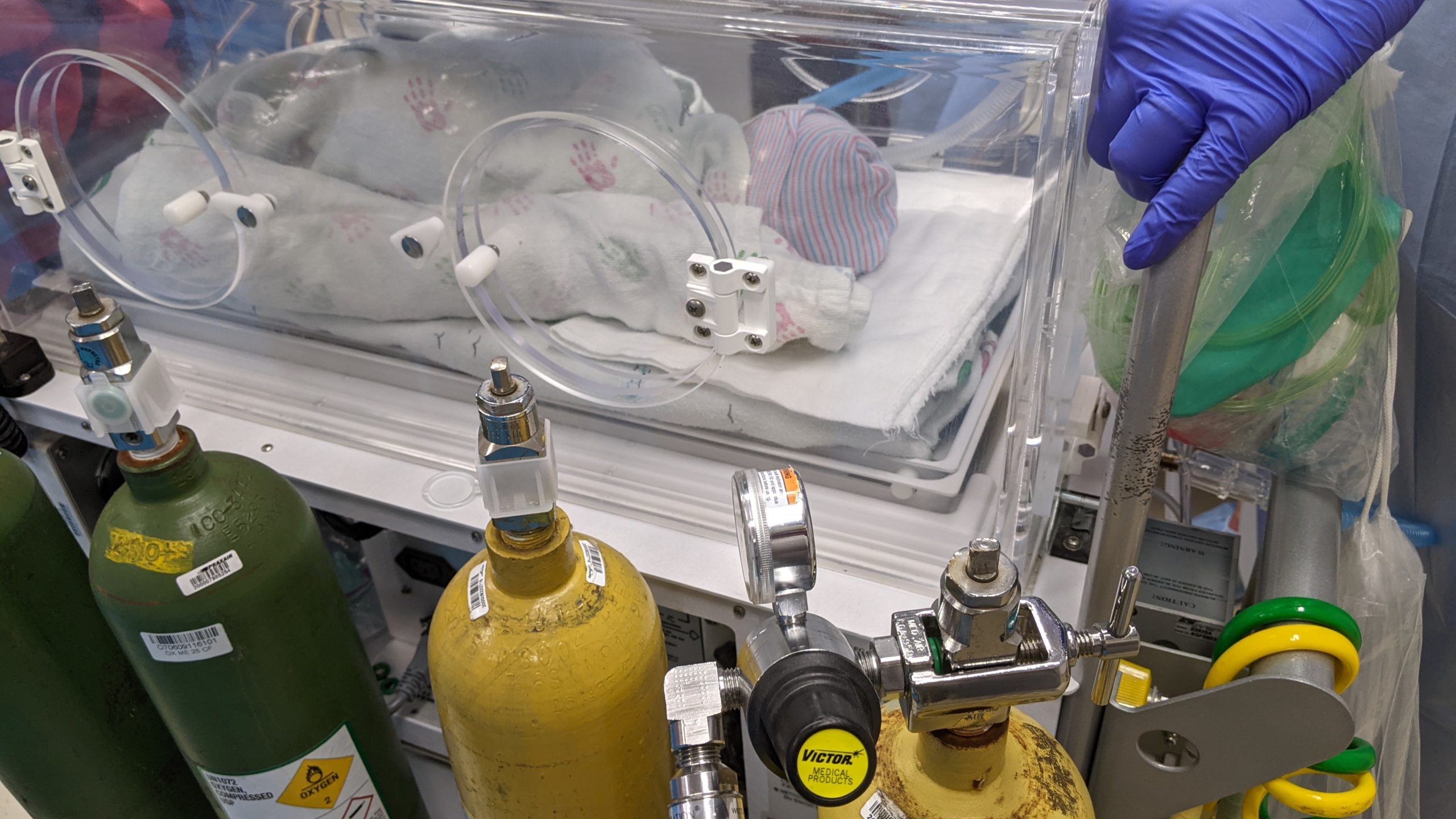
I don’t think Becky or I left the hospital for 3 days. We spent every bit of time we could in our son’s room. Comforting him when nurses had to poke and prod for blood samples. Assisting with diaper changes (it was a delicate process due to the omphalocele.) 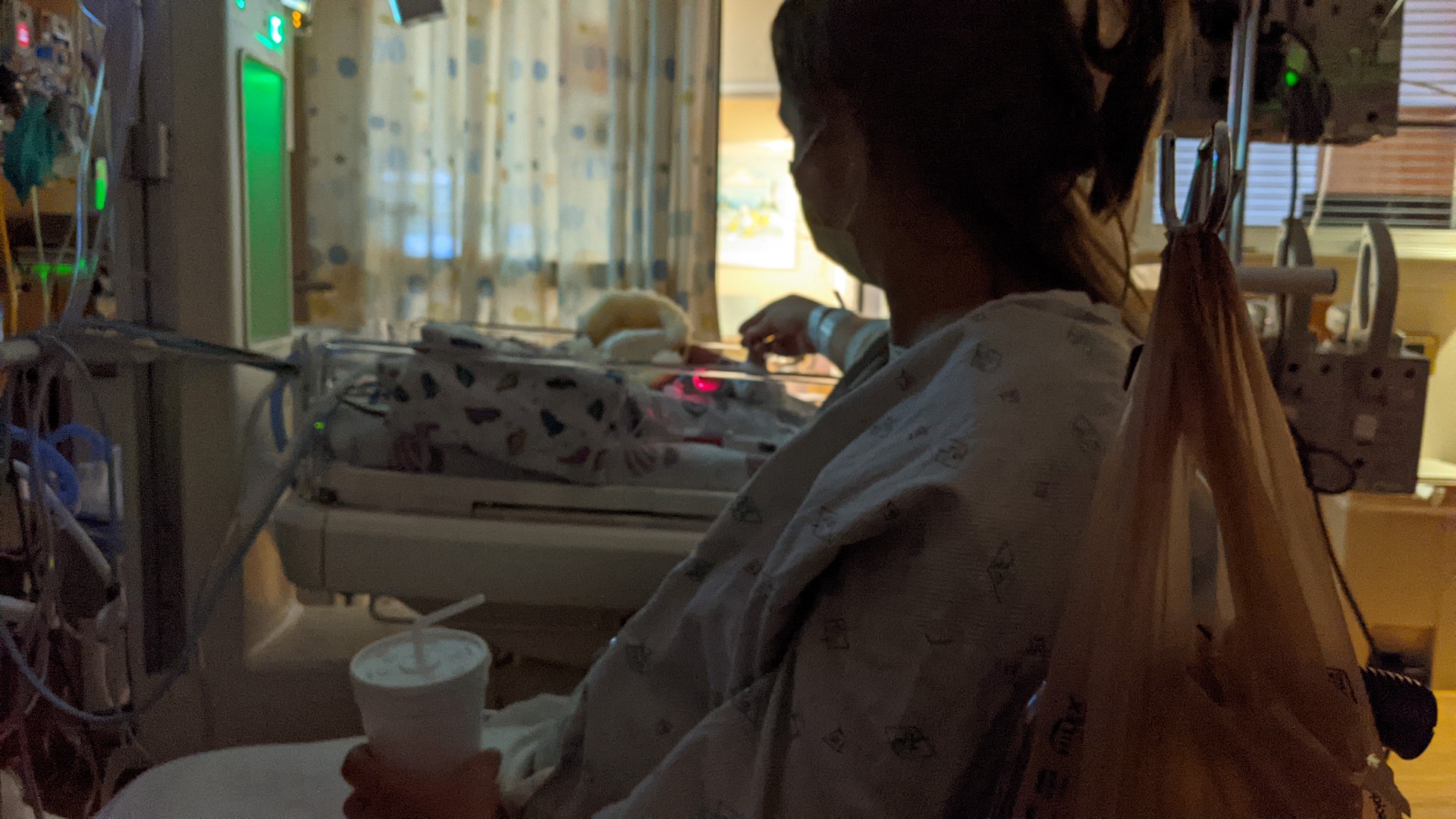
Don’t get me wrong, amidst the worry and pain there were moments, even hours, of happiness and joy. Seeing my wife hold our creation and take a nap together invokes the greatest feeling as a husband and father.
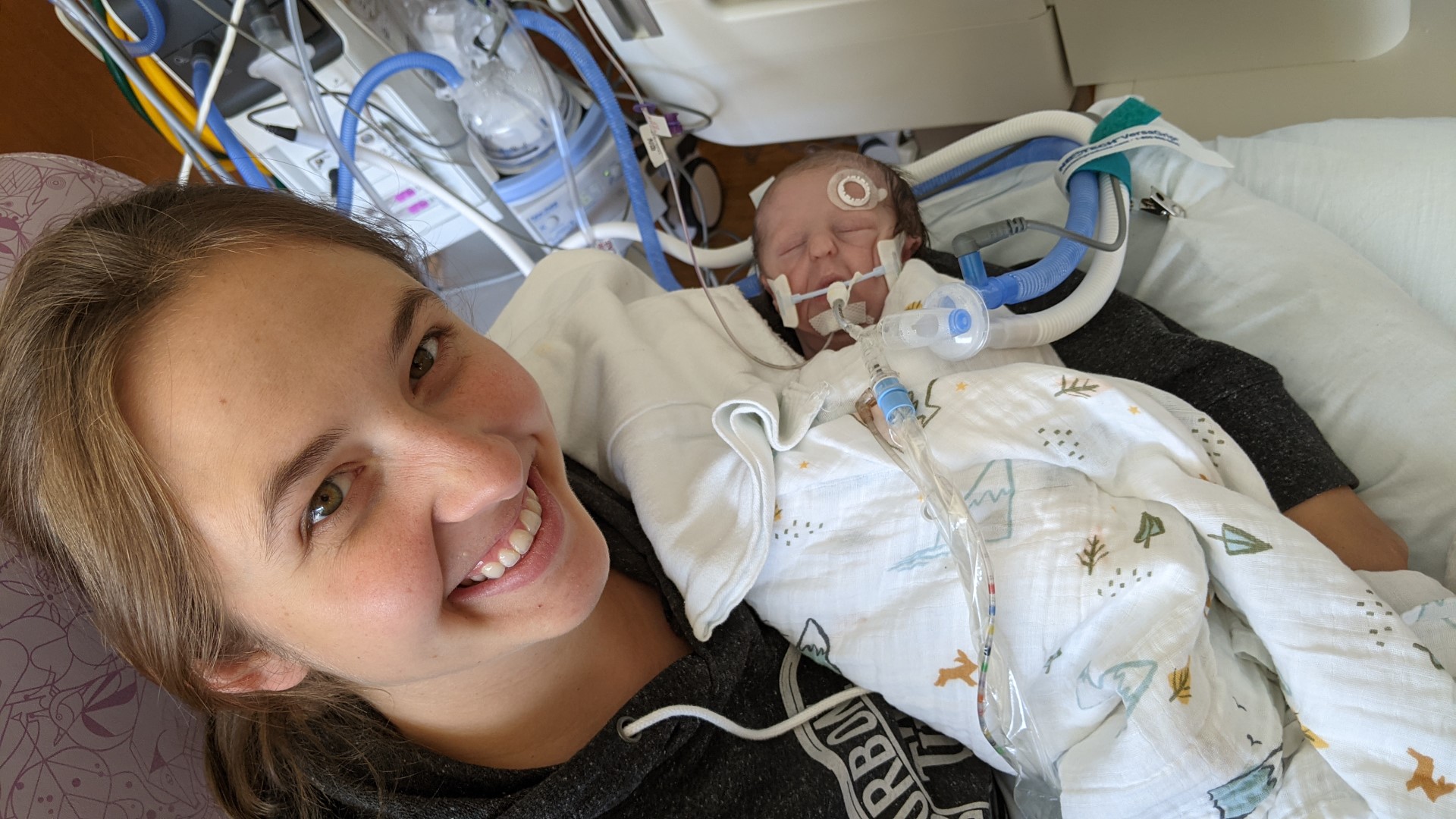
2 Weeks & 8 Minutes
I can spare you the extensive details of the weeks to follow, but I’ll say we saw fluctuations in our son’s status. Day-by-day things became promising, then we’d take a step back. At around 12 days the doctors had a conference meeting with us. They sat us down and said they discovered an infection in his intestines. We had 3 options: Operate, administer antibiotics, or go palliative. We once again decided to give our son a fighting chance. We immediately administered antibiotics.
I called Father Rick, from my church growing up, in hopes of having our son baptized. He was able to make a rush visit. That day was rough, but I felt confident Wyatt would pull through. We slept at the hospital that night. The next morning the doctors sat us down again in that same conference room. They needed to operate. We agreed.
They removed over half of Wyatts intestines and, in doing so, had a successful surgery. As they were stitching him up though, a blood clot had let loose. They couldn’t maintain his blood pressure. Doctor Katie then called Becky and I in to hold our son for his final moments. He passed away in our arms at 2:13pm CST on August 19th. Being a father hit harder than I could have ever imagined that day. I would have given my entire life for this child that I’d only truly known for 2 weeks and 8 minutes.
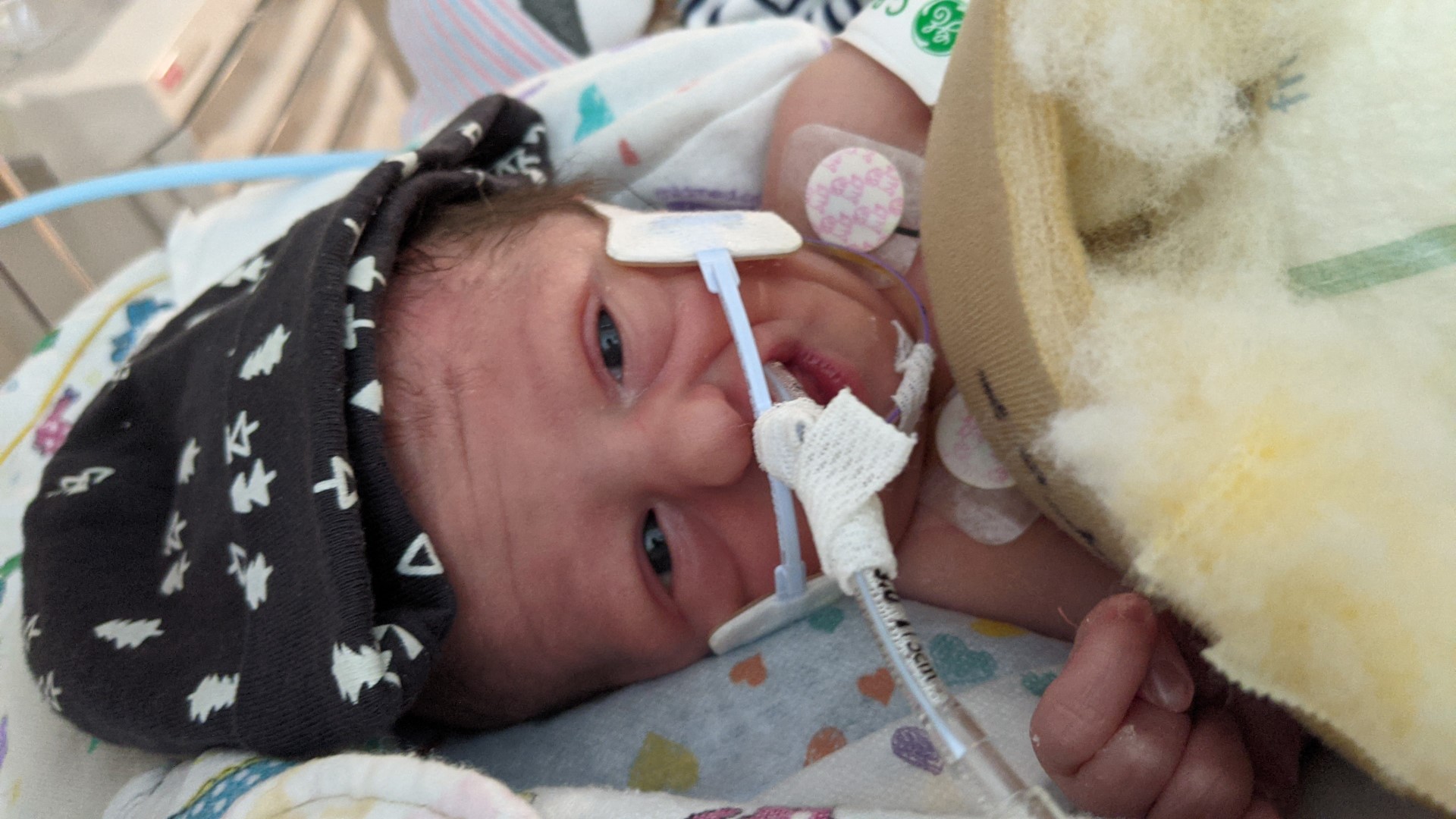
A Happy Ending?
All those lessons I’d hoped to impart to my son were dashed, but not wasted on me. They were essential in recovering from such a loss. Becky and I both had the Emotional Intelligence to support each other more than ourselves. We had Financial Responsibility to take care of bills and have a buffer during tough times. We took time to maintain our Physical Health and Home as we rebuilt our lives and regained a sense of normalcy. We reassured ourselves with Humility that we’d done everything a parent could be asked to do for their child. While we didn’t have the power to save him, we gave him everything we could. We turned to family and friends to vent our frustrations and, for anything they couldn’t understand, we turned to God.
My own father, thankfully, never had to endure the loss of a child. I’m now seeing my experience as his son with a different lens. All the lectures, and the scolding, as a result of my wrongdoing growing up were the concerted efforts he made to prepare me for life and protect me from myself. In recognition of this day, I Say, “Thank you, dad, and thank you to ALL dads who prepare us for life. We owe you a great deal more than what you get on a daily basis.”
With that said, I promised you all a happy ending. No, Wyatt Ethan Schwarz (believe me I fought for “Wyatt Earp Schwarz” and the wife wasn’t having it.) did not survive to come home with Becky and I. We did not get to raise him and teach him all these great values. There is, however, a favor he must have asked the big man upstairs. That favor was to have a little brother. 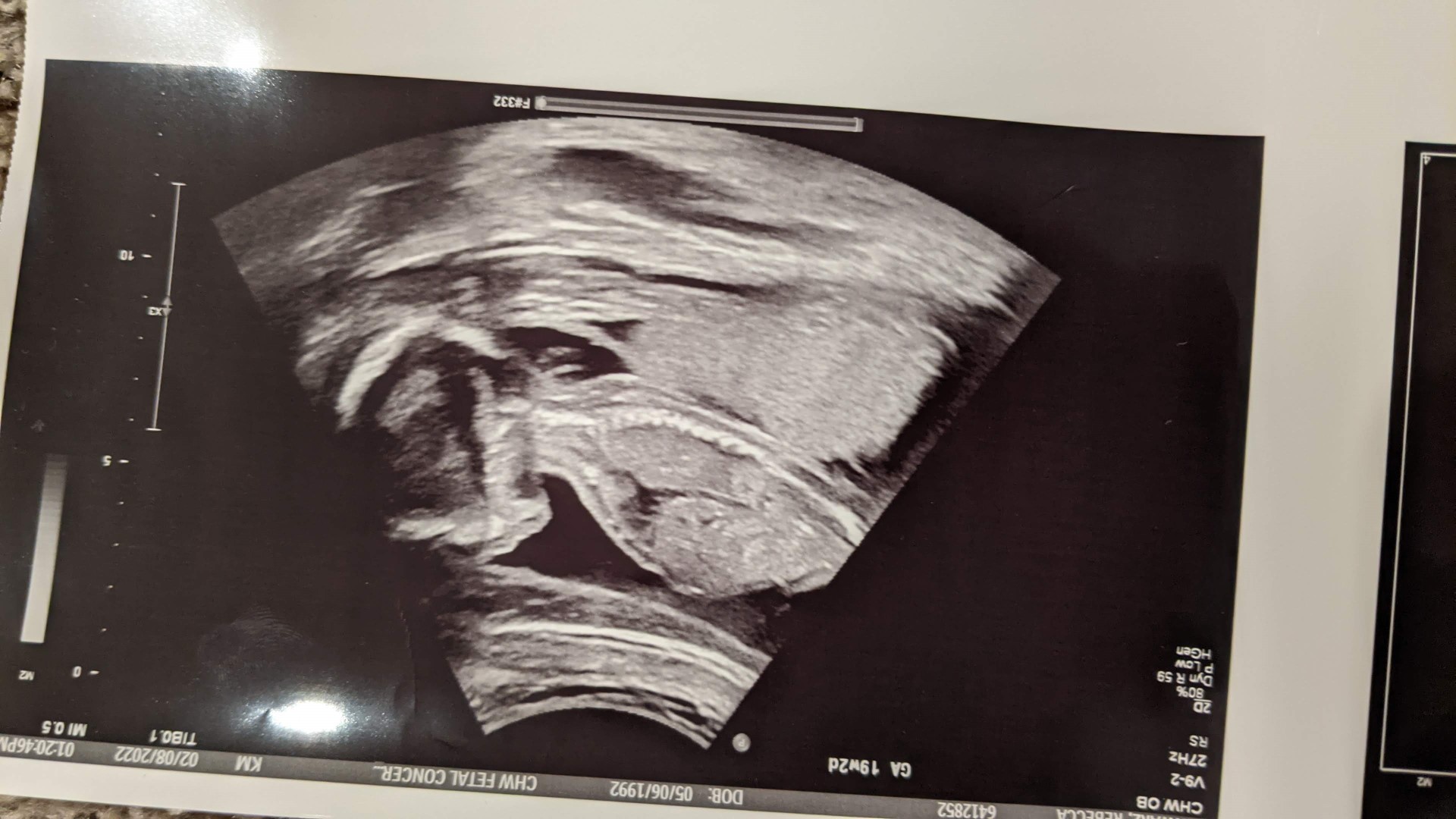
There Is Another
While Wyatt is the son that made me a father, his little brother is on the way to make me a tired one! At the moment, we have a running list of names and no idea which one to choose. Perhaps you can all help us out here! Go back to the social media post you likely found this article from and comment which of the names listed below you like most!
Side note: A girl name would’ve been so much easier…
- Hudson
- Declan
- Boone
- Graham
- Garrison
- Sawyer
- Knox
- Wade
- Barrett
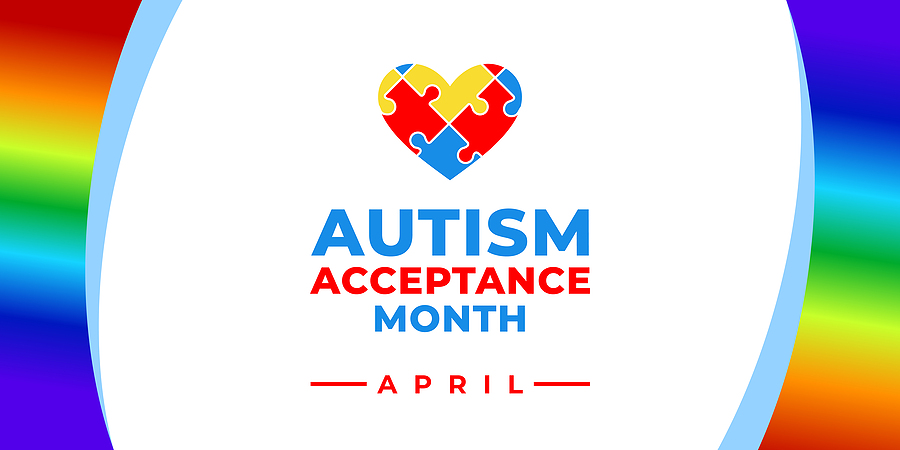
According to the CDC, roughly 5.4 million adults in the U.S. are autistic. This April, celebrate differences in honor of Autism Acceptance Month. Here are five ways you can celebrate peoples’ differences:
1. Learn About Autism
Check out the Autism Society and learn about Autism and how everyone’s story is different.
2. Read a Book
Population One: Autism, Adversity, and the Will to Succeed with give you a deeper understanding of what life looks like from the eyes of a teenager who is autistic. 
3. Volunteer at an Event
Use organizations like JustServe and volunteer at local or remote events that encourage and celebrate differences.
4. Participate in a Run/Walk
Promote awareness and acceptance of Autism by participating in this virtual run/walk from anywhere you’d like.
5. Get Involved
Advocates, Non-Profits, and various communities work daily to support the continued development around policies and programs that provide a positive impact on individuals and families with autism. Use Autism Speaks Resource Guide to see where you can get involved in your local community.
The Great Resignation. The Great Renegotiation. The Great Repriotization. These are all terms we’ve heard often in the last year due to unprecedented levels of Americans quitting their jobs in 2021. Of the 68+ million workers who left their jobs, 47+ million of them voluntary quit. And those who voluntarily left their jobs did so for a wide variety of reasons. Some decided to retire early; some were secondary earners who decided to stay home; others were concerned with the consequences of working during a pandemic. However, many also decided to leave for greener pastures filled with better pay, perks, flexibility, autonomy, career growth, and treatment. The job market is strong, and workers are taking advantage of this. Some are new to job switching while others are not. For those that do this frequently, they are often called Career Nomads.
What is a Career Nomad?
Career Nomads are workers who move from opportunity to opportunity with the goal of learning and earning. They like to make an impact at one company and then move on to make an impact at another. And now is a prime time for this thanks to low unemployment and high turnover.
Who is a Career Nomad?
It’s a common belief that the Career Nomad workforce consists mainly of two generations: Millennials and Generation Z. This isn’t too far off since it’s been shown that Millennials stay at jobs for an average of 2.4 years before moving on while Gen Z stays for just over one year. However, that’s changing quickly. More and more Gen Xers and even Baby Boomers are finding that staying at one company isn’t for them either.
Why be a Career Nomad?
There are MANY reasons to turn to the Career Nomad lifestyle. These include:
- A better compensation package, including benefits and PTO
- A better work schedule
- More autonomy
- The ability to work remotely
- Better management
- Better company culture
- More interesting work
- More growth opportunity
- Less boredom
How to become a Career Nomad?
If you currently work in Manufacturing and are interested in becoming a Career Nomad, look no further than PMG. We offer you all the perks of the Career Nomad lifestyle without the work of having to find the next job. With PMG, you will travel across the US, receive premium compensation and benefits, have a flexible work schedule, and work at a multitude of companies where you can share your knowledge while also learning.
Join our team of talented technicians here!
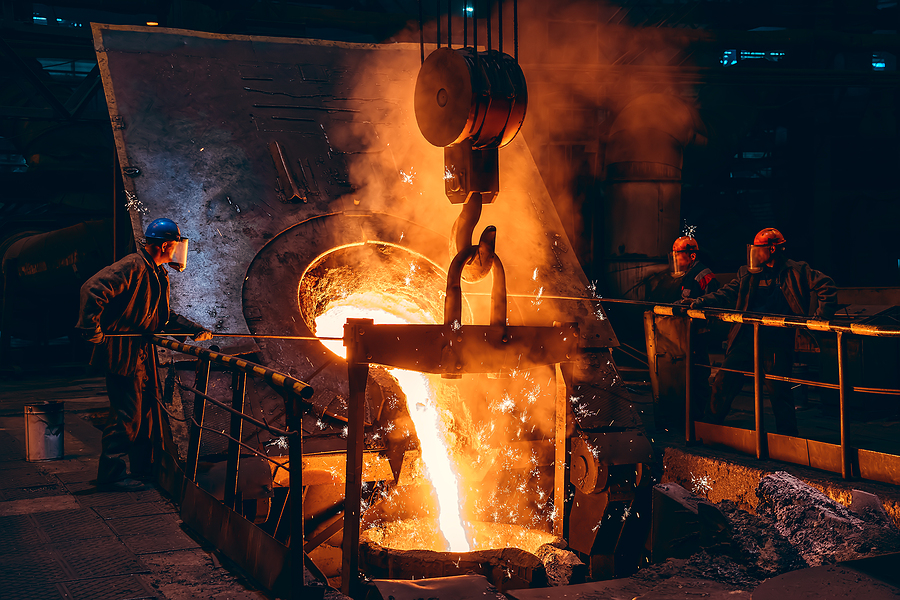
The process of melting metal, pouring it into a mold, and casting it into a specific shape (metal casting) is centuries old. In fact, scientists and archeologists have found relics all over the world. The oldest relic dates back to anywhere from 300 BC to 645 BC (2300 – 2600 years old), depending upon whom you ask. A large majority of relics are found in Mesopotamia. It’s in this area that clay castings and hot fire pits were used to shape copper, gold, and silver. The first alloy (bronze) was made here, when copper was combined with tin.
Over the years, metal casting has changed due to a wide variety of reasons. The two largest factors include increased mining abilities and less nomadic lifestyles.
Historical Moments for Foundries
19th Century: During this time, developments include the open-hearth furnace, sandblasting for casting cleaning, and gear-tilted ladles. This greatly improved the safety of foundry workers.
It was this during time that foundries really helped the US economy become industrialized, as well, with metal casters and foundries at the forefront for railroad tracks and iron-clad warships, as well as the first Naval submarine in 1881!

20th Century: This century brought the invention of the first coreless electric induction furnace in addition to new molding and casting processes, new metal composites and compounds including low carbon stainless steel.
Additionally, metal casting was key to US manufacturing. It was introduced to a wide variety of industries including air conditioning, modern defense-related products, and even space exploration. Foundries sprang up everywhere in North America during the 20th century.
Fun fact: the first American Foundry Society (AFS) meeting was held in 1896, but the first student chapter didn’t come until 1907, and was started in Minnesota. This was the same year that a patent was issued for high-pressure die casting machinery.
Foundries Now
Today, metal castings are a $33 billion dollar industry in the United States. There are nearly 1,900 foundries in the US with close to 200,000 employees. It’s the source of many things we use on a daily basis. Some say castings are found in 90% of durable manufactured goods, and yet they often take the background for popularity. However, castings hold a major role in so many things including clean water technologies, farm equipment, energy systems and components, and so much more. Foundries aren’t like they used to be, either. If you step into a foundry now, you’ll see many new adaptations and technology to make them not only safer but also efficient. These technologies include CAD design, casting analyses, 3D printing, and robots. It’s very expansive and very important.
If you’re interested in hearing more, you can check out our article on how steel is made in addition to this great factory tour of the St. Paul Factory here in Minnesota. You’ll not only see molten metal, but you’ll see some of the up-to-date technology used to make castings. After that, take a moment to look around you. You’ll find castings everywhere!

Day one seems like a distant memory,
A leaf swept away by the icy breeze,
Distant—
—yet familiar.
A year ago, I was a leaf
Shaking in the cold air, pleading for the sun to rise;
Sweeping me up in its warm embrace.
Oh, the sweet wind carried me here.
Where pastel pink tulips dance under the breeze—
Blue jays warm the sun.
A year later I stay,
Within the comfort of my new home surrounded by light.
Each ray filled with adventure.
New leaves sprouting nearby,
Each whispering their own lovely tales
as I dance along the breeze
Eager to start again.
Inspired by the author’s first year working at PMG.
Jazmin Crittenden
Technical Solutions Administrator




